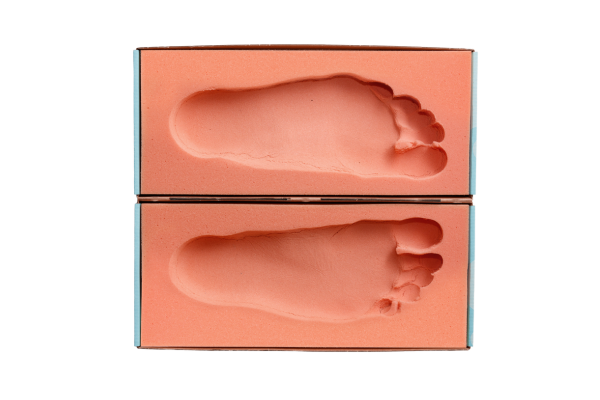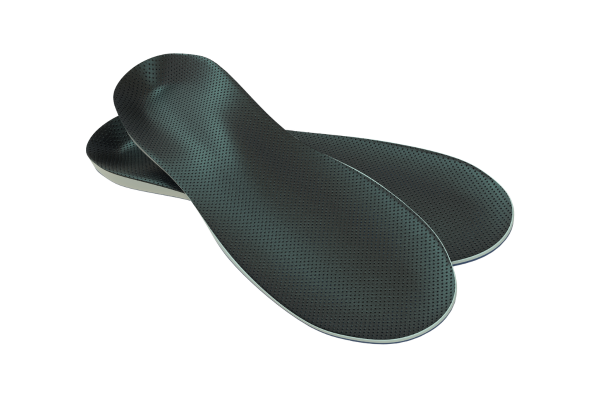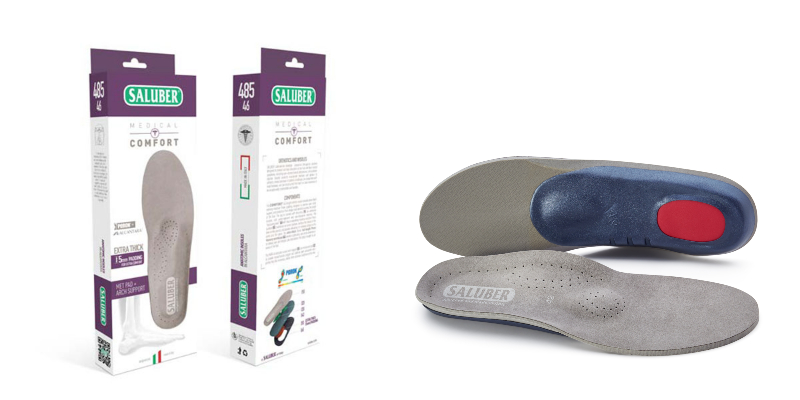Your shopping cart is empty!
Providing patients with effective custom orthotics is fundamental to the practice of podiatry. However, many patients attempt to manage their biomechanical deficiencies on their own using prefabricated orthotics, and choose not to acquire custom orthotics. While their decisions may not yield optimal results, patients do have choices.


Reasons patients may choose to avoid custom orthotics from podiatrists include:
If patients reject custom orthotics, it’s likely they will try to find prefabricated orthotics, with or without the help of their podiatrist. So an obvious question is: Should podiatrists offer prefabricated orthotics?
This blog discusses common reasons for dispensing prefabricated orthotics, as well as common concerns expressed by podiatrists about how prefabricated orthotics may negatively impact their practices.

1. Mild to moderate foot conditions: Prefabricated orthotics are often adequate to manage common cases of plantar fasciitis, overpronation, metatarsalgia, neuroma pain, and fat pad atrophy. For patients with mild to moderate symptoms, off-the-shelf solutions may be a sufficient and convenient option to alleviate discomfort.
2. Immediate Availability: Patients in pain want immediate relief. The typical turnaround time for custom orthotics is about 2 weeks (and sometimes longer). Many patients cannot wait that long for at least some relief and will want to leave your office with at least a temporary solution. So even if the plan for the patient is to receive custom orthotics to address their long-term needs, providing prefabricated orthotics that they can wear immediately may improve the care and service that you’re providing.
3. Affordability / No Insurance Coverage: Medicare and many other insurances provide inadequate or zero coverage for most custom foot orthotics. Providing expert guidance and offering professional quality prefabricated orthotics can be an effective backup plan for patients with budget constraints, that helps them find suitable prefabricated solutions and also keeps them coming back to your practice.
4. Keep the revenue in your practice: If the only orthotic option that you offer is custom orthotics, and some patients choose to not go that direction, then you may be letting revenue walk out of your practice.
5. Patient Buy-in: By definition, prefabricated orthotics will not fit the same as a custom orthotics. For some patients prefabricated orthotics may be sufficient, but not for others. So if you explain to your patients that they can purchase a pair of prefabricated orthotics from you – that might be a more convenient and less expensive option… then if they don’t find the relief they need, they may be more receptive to custom devices.
You might also consider crediting the cost of the prefabricated device towards the cost of a custom device. This approach may help overcome patients’ concerns about wasting money on prefabricated orthotics that don’t work for them, and also help them accept the cost of custom orthotics if that’s what they need.
6. Multiple pairs of shoes: When patients forget to transfer custom orthotics to the shoes they’re wearing on any given day, it can be a painful or even disabling experience. If their day involves significant periods of standing or walking, going without orthotics can limit their ability to work and function properly.
Considering the cost, many patients are unable to purchase multiple pairs of custom orthotics to put in all their shoes. So even for patients that strongly prefer custom orthotics, it may be worthwhile for them to have at least a few pairs of far less expensive prefabricated orthotics to leave in their less frequently worn shoes, to avoid the risk of spending long hours on their feet without having any orthotic support at all.
1. Why offer inferior devices? Prefabricated orthotics will not perform as well as custom orthotics.
(Bonapeda's Perspective:)
2. Generic care: Patients come to me for expert guidance and professional grade custom products. Providing lesser quality prefabricated orthotics that can be bought online or from shoe stores is a substandard approach that degrades the quality of care offered by my practice.
3. Inadequate Revenue: Prefabricated orthotics are difficult to offer from a financial perspective, and custom devices are simply better. It just doesn’t make sense to bother with prefabricated orthotics.
4. Price Competition: Patients will check online prices and may opt to purchase future pairs of prefabricated orthotics from other sources, eliminating the revenue stream for my practice.
5. Upfront and ongoing investment: Acquiring and maintaining inventory involves costs, including the upfront acquisition cost, storage space, plus the time involved with monitoring and replenishing inventory as needed.
6. Dead inventory: Getting stuck with prefabricated orthotics that don’t sell.
Making "perfect the enemy of good"?
Suppose your patient refuses custom orthotics, but they agree to purchase appropriate prefabricated orthotics from you that improve their situation; presumably that would be a positive result?
Your patients come to you seeking solutions to their foot issues. By offering clinical skill, expert advice, and a full array of custom and prefabricated support devices, you may find that your patients appreciate that they can come to you and select from appropriate options that best meet their needs.
Saluber prefabricated orthotics can be a valuable tool to address your patient's needs, increase revenue, and create repeat clients. Click the button below to schedule a call on how to bring Saluber products into your practice!
Write a Comment